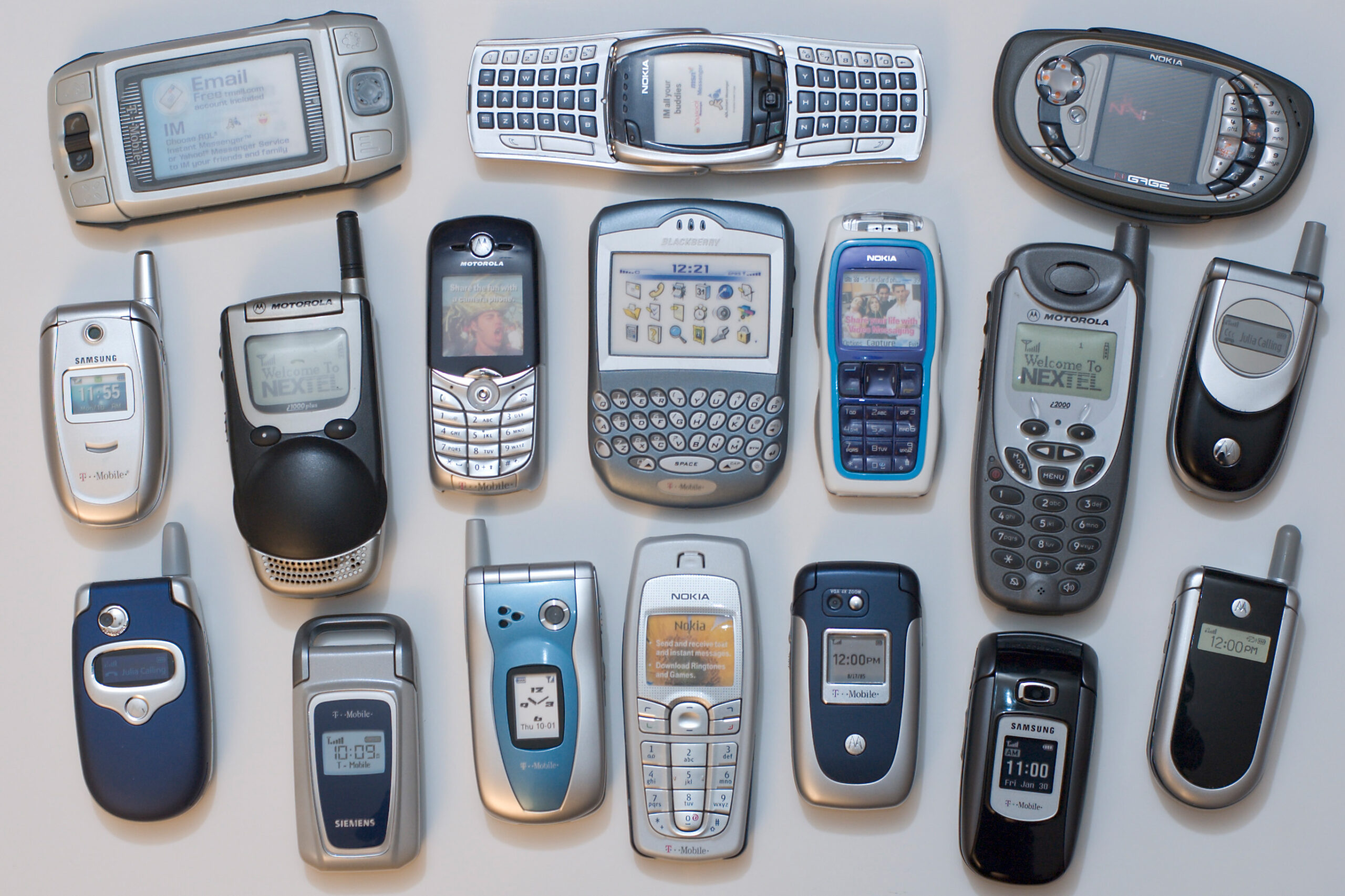Photo credit: Michael Hanscom via flickr
This analysis summarizes and reflects on the following research: Van der Windt, P., & Humphreys, M. (2014). Crowdseeding in eastern Congo using cell phones to collect conflict events data in real-time. Journal of Conflict Resolution, 0022002714553104.
Talking Points
- Technology-based programs, as simple as text message reporting, have been proven to aid in conflict monitoring and prevention.
- The costs required to collect conflict data via crowd seeding projects is significantly less than traditional methods of information gathering.
- Development aid provided through the crowd seeding project reduced the occurrence of violent conflict.
Summary
The spread of accessible technology has become a major tool to monitor, report, and participate in social events. Whether it is a text message from a cell phone or a tweet on social media, instantaneous communication is now being used to mobilize and coordinate social interaction on an unprecedented scale. More recently, this technology has been used to gather useful information on how to improve the overall participation and organization of these events as well.
This article investigates how information technology can be used to collect conflict data at a micro level, a tool previously underutilized in the field. Most conflict prevention related technological advances deal with monitoring of high-level aggression between states or large parties. The authors expand on this idea by broadening monitoring capacity to the micro-level since many conflicts begin, or are sustained, through the behavior and interactions of individuals.
Micro-level conflict data is usually collected from surveys or interviews. However, data collection of this nature is difficult to conduct due to conflicts typically occurring in areas displaying three major characteristics:
- Conflict zones are usually unsafe which limits the ability of researchers to interact with people on the ground.
- Conflict zones are usually difficult to get to; either because of rough terrain or bureaucratic roadblocks.
- People living in conflict zones often exhibit high levels of suspicion and distrust to outsiders – who are usually the ones collecting the information.
These characteristics are important to understand because of the bias they create for data collection. If areas are off-limits while conflict occurs, researchers only have access to a much smaller population that may not reflect the information they are trying to gather. Also, when data is collected after a conflict period, respondents often have trouble recalling how and when conflict events took place, especially in the case of prolonged conflicts such as civil war. Finally, there is a large risk or ‘reporting bias’ when sensitive questions are asked during a period of distrust and suspicion. This can lead to the deliberate attempt to manipulate or falsify information.
With these considerations in mind, the authors worked to create a system of conflict data collection that could potentially overcome the inaccessibility to conflict areas to researchers and the reporting bias of respondents. Their end result was a “crowd seeding” system that provided local informants with cell phones and asked them to report conflict events via text-message during an 18-month period of violent conflict in the Democratic Republic of the Congo (DRC).
The goal of the crowd seeding project was to identify the viability of text message data collection in the DRC. After their 18-month trial period, the research trial proved successful from the high participation of the conflict reporters and the many possible applications of the data.
In total, the crowd seeding project received over 5,000 text messages informing researchers of the presence of fighting, troop movements, looting, sexual violence, and kidnappings. These messages were then visualized into conflict zones on a map as a way to plot and, hopefully, predict future violence. Further applications of this data gathering method can be used to monitor and control the spread of disease outbreaks and to study the movement patterns of armed groups so that policing authorities can intercept before violence breaks out.
Contemporary Relevance
International interventions into conflict zones often focus on the regional or national level and ignore the local level where much of the violence actually occurs. This is where conflicts over land use or political power become self-sustaining and autonomous from the national arena. Crowd seeding projects in the Democratic Republic of the Congo (DRC) have helped refocus outside intervention, providing local communities with the tools and sense of ownership needed to address conflict at the ground level. The Voix des Kivus data collection system in the South Kivu province of the DRC proved to be a reliable and effective way for locals to contribute to conflict prevention in their own communities. Additionally, the project provided important insight into how technology can be used in other conflict prevention applications.
Researchers are developing tools for “near real-time longitudinal and remote monitoring of public sentiment and violence in Kenya” (a technology pitch by Andrew Linke and Sebastian Schutte” at the CalCon Peace Through Technology Conference – http://sites.sandiego.edu/calcon/speakers/)
Practical Implications
There are many conflict zones throughout the world that lack the technological infrastructure needed to independently monitor and report violent events. With the assistance of crowd seeding projects, outside governments or organizations can provide affected populations with inexpensive and easy to maintain technology that can significantly enhance the area’s ability to confront violence.
Additionally, mobile phone data can be combined with satellite images to monitor or predict droughts, act as an early warning system for the spread of disease outbreaks or monitor the effect of rainfall or waterways on troop movements.
Continued Reading
Voix des Kivus: A Crowd-Seeding System in DRC (https://www.ushahidi.com/blog/2011/05/16/voix-des-kivus-a-crowd-seeding-system-in-drc/)
Raining on the Parade: Some Cautions Regarding the Global Database of Events, Language and Tone Dataset (https://politicalviolenceataglance.org/2014/02/20/raining-on-the-parade-some-cautions-regarding-the-global-database-of-events-language-and-tone-dataset)/
Policy Uses of Peace and Conflict Data (https://peacepolicy.nd.edu/2012/05/02/policy-uses-of-peace-and-conflict-data/)
Keywords: technology, data collection, conflict management, foreign aid
The above analysis is from Volume 1, Issue 4, of the Peace Science Digest.

